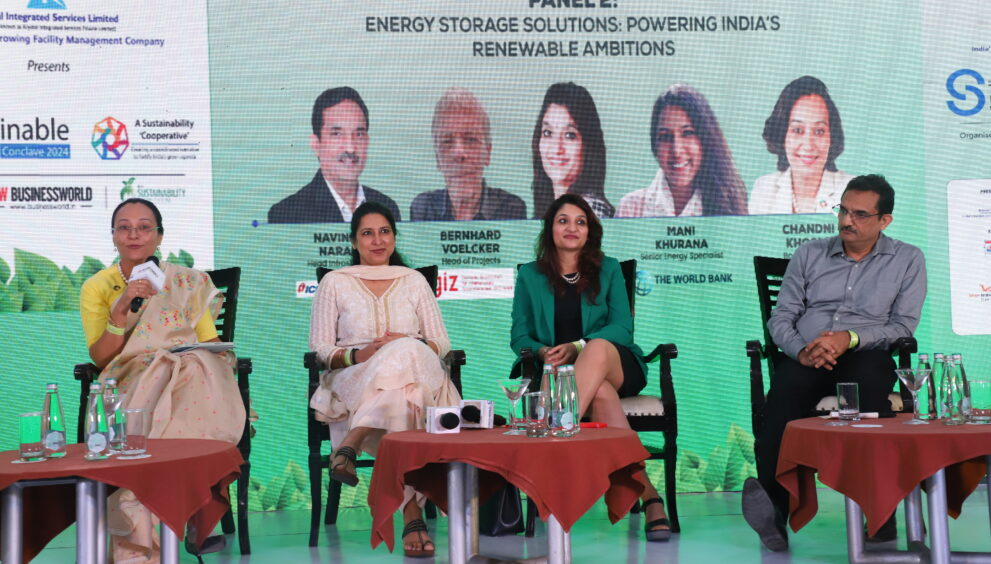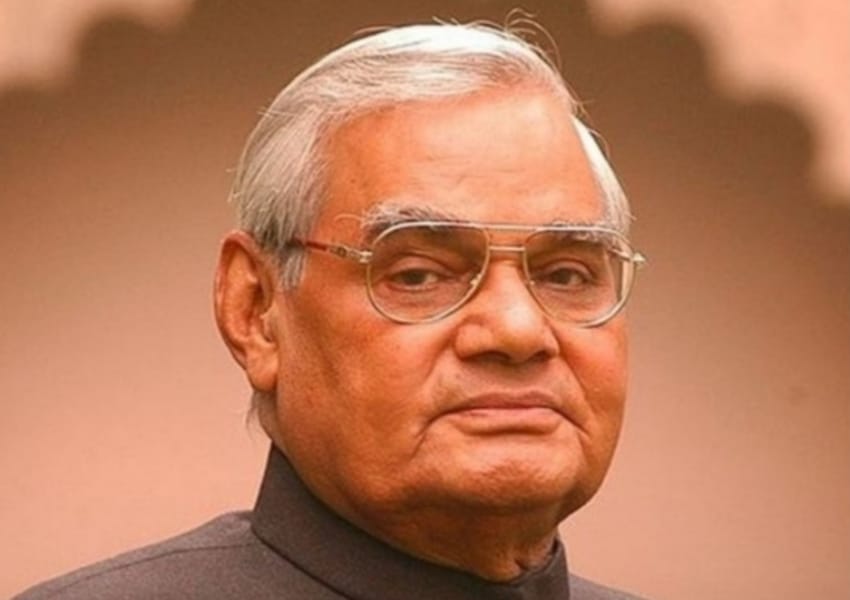Integrating RE With Storage: Experts Call For Policy Reforms

The National Policy of energy storage, needs to encompass various aspects, like grid stabilization, the renewable energy projects, and interlink the producers of renewable energy with the storage providers
Battery storage helps maintain grid stability by balancing supply and demand in real-time. Renewable energy sources like solar and wind are intermittent, as they depend on weather conditions. Battery storage allows excess energy generated during peak production periods (like sunny or windy days) to be stored and used when production is low, ensuring a consistent energy supply.
Navinder Narang, Head Infrastructure Facilities & ESG, ICICI Home Finance Company said, to achieve the 2030 renewable target we need to have the entire chain of the energy systems in place. “Government needs to re-augment and improve the policies which are around battery storage and the energy savings. The National Policy of energy storage needs to encompass various aspects, like grid stabilization, the renewable energy projects which are there, and interlink the producers of renewable energy with the storage providers,” he said while speaking in a panel discussion of BW Sustainable World Conclave.
On the technology advancement and India’s ambitious plan to reach 500 GW of renewables by 2030 Mani Khurana, Senior Energy Specialist, The World Bank said, “I don’t think the target is easy at all. India is adding around 18 gigawatts a year. This needs to be doubled to meet the 500-gigawatt target.”
She added that 500 gigawatt will not be used if you don’t get the storage inside. So, the pumped storage and the battery storage both have to be looked at. Pump storage takes longer to establish, and battery storage is more modular, but both have to be done.
Tanya Singhal, Founder, Mynzo Carbon & SolarArise said,”The 500-gigawatt number looks very daunting, but it is achievable, and the government is also gearing up. For the longest time, battery prices were about USD1000- USD 1,500 per kilowatt hour today in India, that is sub USD 150 per kilowatt hour,” she said.
She added, unfortunately, a large part of the batteries is still being imported.
While moderating the session Chandni Khosla, Board Advisor, Sustainability & Sustainable Finance said, India’s plan to reach 500 gigawatt energy by 2030 is decent ambition. But the pressing need is technological solutions to support this transition.














































































































































































































































































































































































































































































































































































































































































































































































































































































































































































































































































































































































